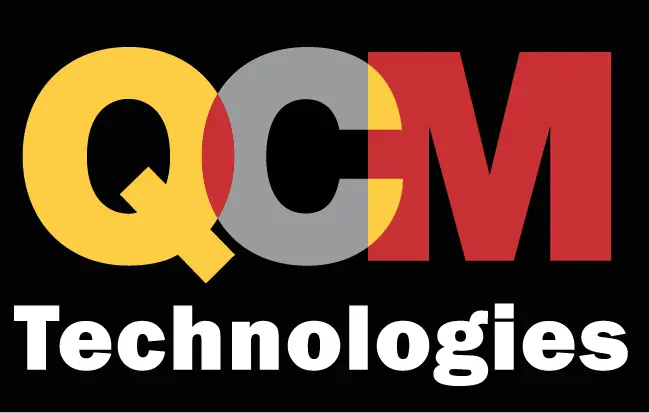A learning management system can help schools better facilitate digital learning and improve the student experience.
Online assessments of student achievement require alignment of lesson content and activities. This alignment is easier when teachers use a learning management system (LMS) — a single hub to access instructional content, organize classroom activity and communicate with students and parents. But most commercially available LMS solutions were developed for use in higher education courses, which have different needs for content access and instruction delivery. That system design may be suitable for some high school and middle school classes that use a blended learning model, but it won’t meet the instructional and learning needs of grades K-6.
Download this paper to find out why more K-12 schools are adopting an LMS specifically developed for use in K-12 education, best practices for LMS adoption, and how an LMS can simplify technology-based teaching in a way that is aligned to standards and individualized for each student: CASE STUDY_Why K-12 LMS Adoption is on the Rise
5 Best Practices for LMS Adoption
1 – Identify the core problems an LMS must solve and define the parameters for success
2 – Start with a pilot project to identify implementation, training and communication needs
3 – Address teacher concerns by initially allowing adoption to be optional
4 – Designate peer leaders to share experiences and provide ongoing resources to teachers
5 – Seek a vendor that can act as a partner for successful system rollout
Source: Center for Digital Education






